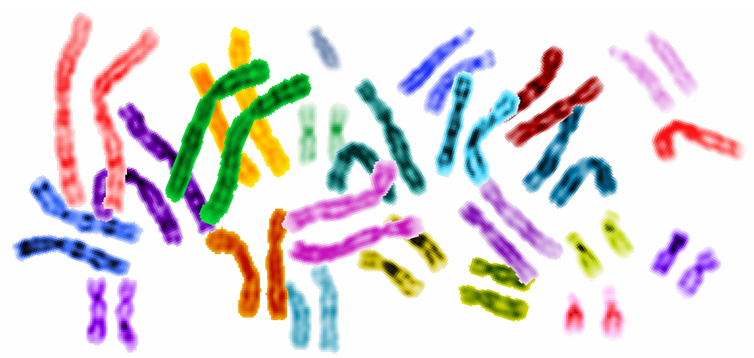Aggregated News

Scientists are finally done mapping the human genome, more than two decades after the first draft was completed, researchers announced Thursday. About 8% of genetic material had been impossible to decipher with previous technology.
Completing the final pieces is like adding the continent of Africa to a map of the globe that lacked it, said Michael Schatz, who participated in the research and is a professor of computer science and biology at Johns Hopkins University.
Even missing that 8%, scientists were able to get the gist of the story of human genetics, said Jonas Korlach, chief scientific officer of Pacific Biosciences, the company whose technology was used to fill the gaps.
If genetics were a detective story, "precisely the pages where you would find out who the murderer is were missing," he said.
Several teams of American researchers published six papers in the journal Science on Thursday that fill the gaps in a single human genome, compare those areas with some of our closest ape relatives and begin to explain the role of those newly described pieces.
It will be years before there's a concrete payoff to that additional...



